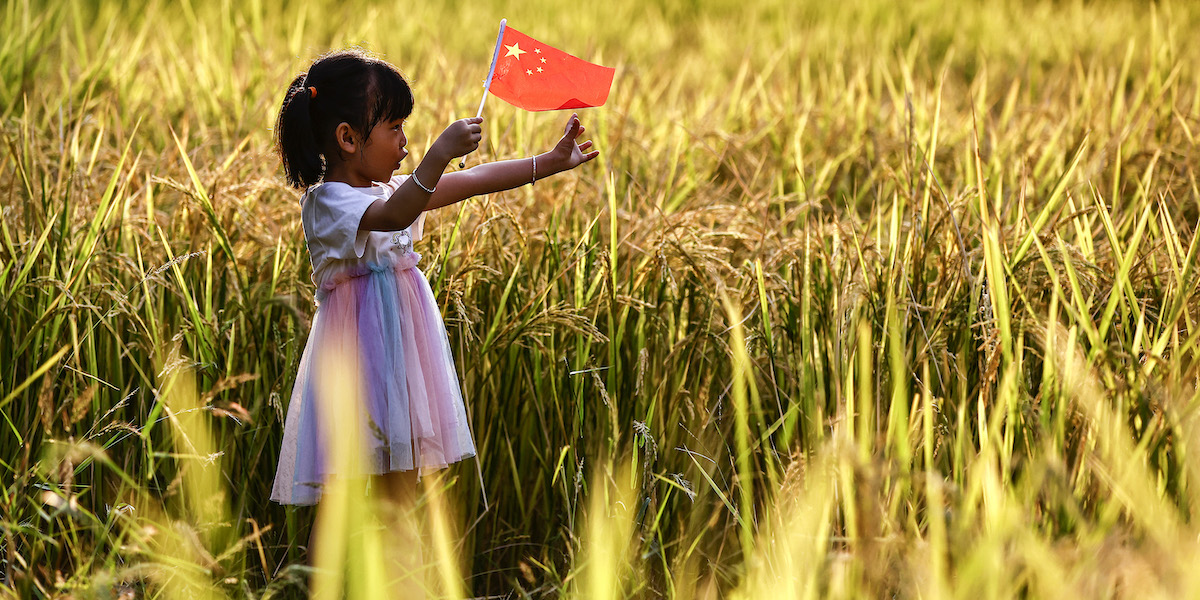For the second year in a row, China’s population has fallen. The data have been disseminated from the Chinese equivalent of the Italian ISTAT, they refer to 2023 and concern only the population of Chinese citizenship (not foreigners) and only the so-called “mainland” China: the two special administrative regions of Hong Kong and Macao are therefore excluded. They are the result of a progressive and constant decline in births, which has long been combined with the aging of the population. The population had already fallen by 2022, for the first time in more than 60 years.
In 2023, all the trends that began the previous year were confirmed. At the end of 2023, China’s population was 1.409 billion people, 2.08 million fewer than in the same period the previous year. It is the result of the fact that the number of deaths (11.1 million) exceeded that of births (9.2 million): the difference has further widened compared to 2022, when the population had reduced by 850 thousand people.
In terms of gender, the male population exceeded the female population by 30.97 million again this year. The data then indicates a generally older population: at the end of 2023, people over 60 years old were 21.1 percent of the population, up compared to the end of 2022 when they were 19.8 percent of the total. People are also more concentrated in cities: those who live in rural areas are 7.31 million fewer, those who live in urban areas are 11.96 million more.
The data released by the National Institute of Statistics are not surprising. For years, China has been talking about the demographic crisis and discussing its potential consequences on the job market. In the long run, in fact, having fewer and fewer people in the labor market could jeopardize the pace of growth and development of the Chinese economy, which is already quite compromised: in 2023 the Gross Domestic Product grew by 5.2 percent, below analysts’ expectations who instead expected even stronger growth after the end of the zero Covid strategy.
An aging population also has the consequence of increasing the general cost of care, assistance and pensions.
– Read also: Has the Chinese model come to an end?
According to various analyses, these data were mainly affected by the rigid one-child policy, introduced in China in 1979 to slow down population growth and which remained in force until 2016 (those who violated the rules risked fines or even losing their jobs). Since abandoning this policy, the Chinese government has attempted in various ways to encourage families to have a second or even a third child, including through tax incentives, without particular success: births are declining for the seventh year in a row.
Although the new rules have the explicit objective of reversing these processes, experts agree that China’s demographic crisis has deep roots and that allowing couples to have three children is unlikely to change the situation. The main problem is that most couples in China do not intend to have more than one child.
Chinese President Xi Jinping has long spoken of the need for women to return to more traditional roles at home. Recently he urged government officials to promote a “culture of marriage and motherhood” and to influence what young people think about “love and marriage, fertility and family.” The choice to have few children seems to continue to be affected by profound gender inequality both culturally and on the labor market, which translates into an excessive burden on women in the care and management of children, with little help for those who work.
The latest data on fertility rate of the Chinese population are related to 2022: the average number of children born to each woman was around 1.09, well below the so-called “replacement level” of 2.1, which allows the population to remain stable without the need for immigration from abroad. This figure has dropped significantly over time, and has never been so low, even lower than that of other countries such as Singapore (1.12), Italy (1.25), Japan (1.3), Germany (1.46 ).
But while most countries with a very low fertility rate and few births in relation to their population rank among the richest in the world, China is still developing, with a rather low GDP per capita (around 13 thousand dollars compared to 32 thousand in Italy and 43 thousand in Germany) and many people who still live below the poverty line. This means that China risks “getting old before getting rich”, as many economists have been saying for years, and having to face the problems of an aging society (shortage of workforce, excessive burden of pensions and care of the elderly on the state budget and so on) without having managed to achieve the state of well-being and welfare guarantees enjoyed by citizens of countries in similar demographic conditions.
China also has very rigid immigration policies, which do not allow the low birth rate to be alleviated with the entry of new people from abroad, as happens for example in the United States.
– Listen to Globo: The end of the Chinese miracle?, with Francesca Spigarelli
